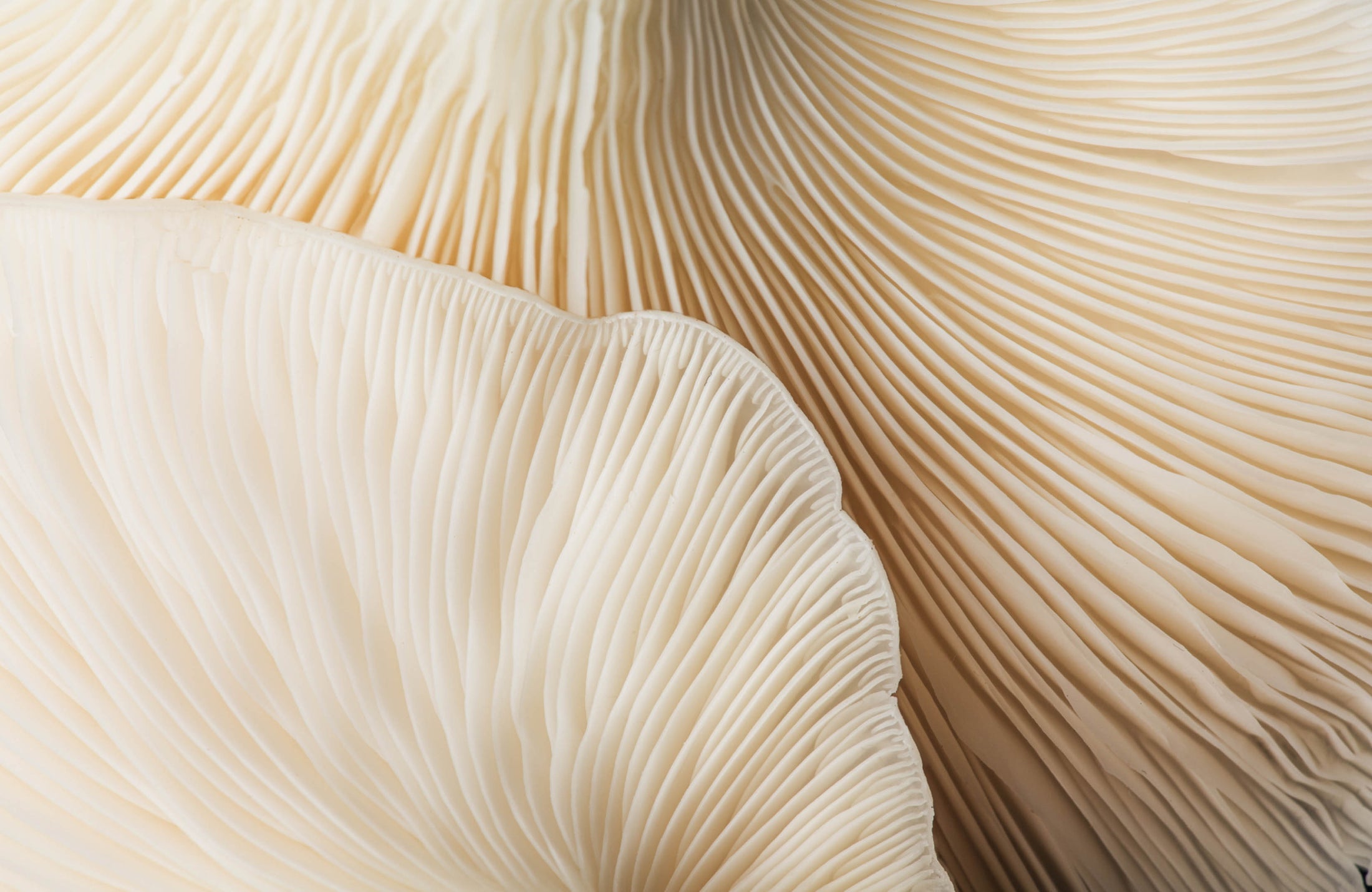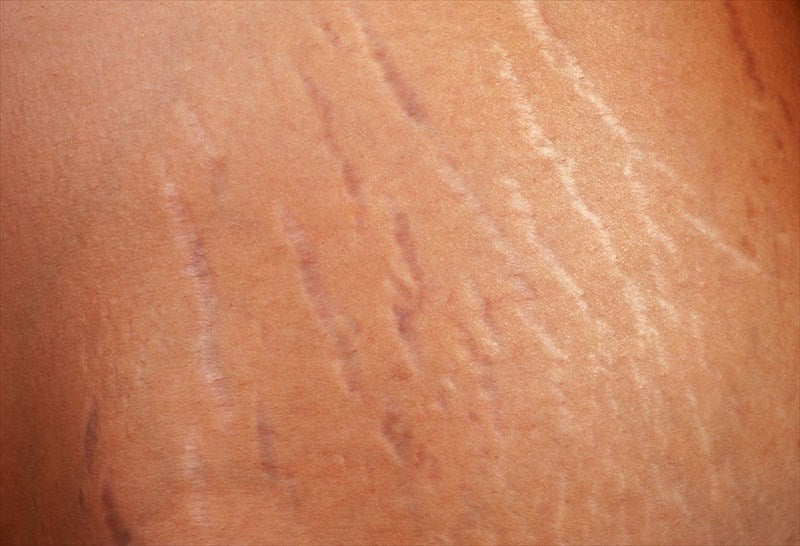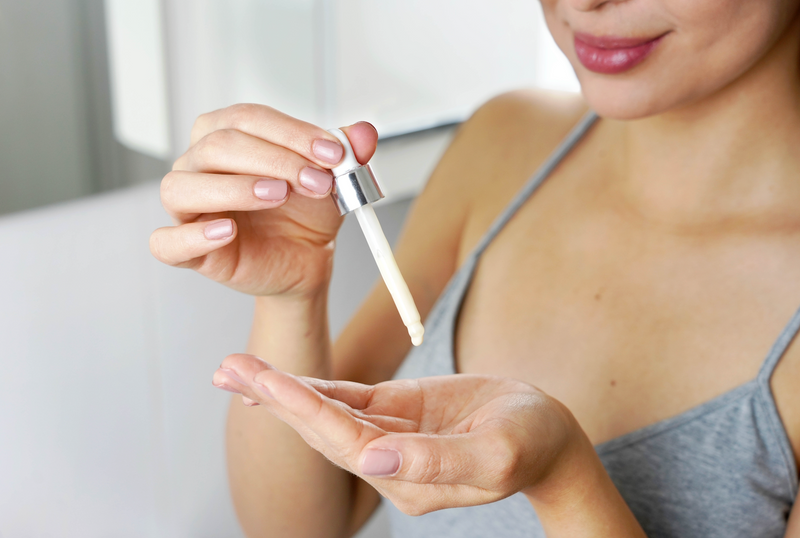What Is Kojic Acid?
Kojic acid is derived from the fermentation of certain fungi, like species from Aspergillus. Its main claim to fame is its ability to block the formation of melanin (the pigment that gives our skin its color) by inhibiting an enzyme called tyrosinase. It also acts as an antioxidant and provides mild anti-inflammatory effects, making it a favorite ingredient for tackling uneven skin tone and stubborn dark spots.
Benefits of Kojic Acid
Kojic acid isn’t just another skincare trend. It’s backed by science and used by dermatologists for a reason. Here’s why:
- Fades hyperpigmentation: It’s most well-known for reducing dark spots caused by sun damage, acne scarring, or melasma.
- Brightens skin: Regular use can lead to a more radiant and even-toned complexion.
- Works well with others: Kojic acid can be used alone or paired with other brightening agents like vitamin C or hydroquinone for enhanced results.
- Gentle alternative to hydroquinone: For people who can’t tolerate hydroquinone (a stronger brightening agent), kojic acid offers a gentler option.
Possible side effects
Like most active ingredients, kojic acid has its limits. Higher concentrations (above 1%) may lead to:
- Skin irritation such as redness, itching, or flaking
- Contact dermatitis, especially in sensitive skin types
- Increased sun sensitivity, meaning a greater risk of sunburn if you skip sunscreen
That’s why many dermatologists recommend sticking to kojic acid products with concentrations around 1% or less for safe, effective use.
How to incorporate kojic acid into your skincare routine
If you’re new to kojic acid, think of it like spicy food: go slow at first, then build up as your skin gets used to it.
- Start low and slow: Use a product with 1% or less kojic acid 1–2 times a week at first. If you notice redness or irritation, take a break or use it less frequently. If your skin tolerates it well, you can work up to daily use.
- Always wear sunscreen: This part is non-negotiable. Kojic acid makes your skin more sun-sensitive, so use SPF 30+ every morning.
- Pair it wisely: Consider combining kojic acid with ingredients like niacinamide or licorice root extract for a gentle, synergistic glow. Avoid using it with strong exfoliants or other irritating active ingredients to avoid adverse reactions.








